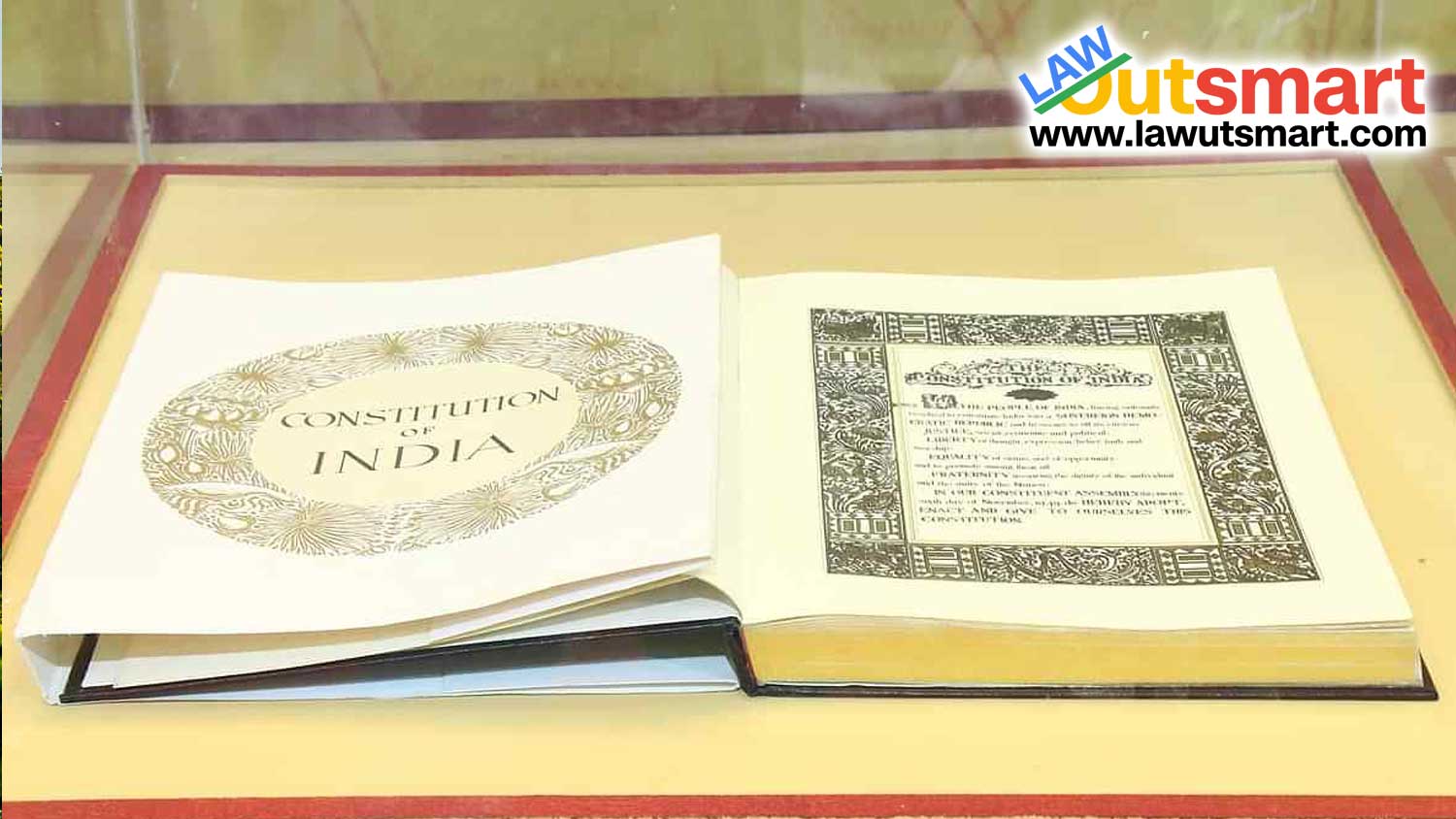The Constituent Assembly of India holds a pivotal place in the history of the country’s democratic evolution. Tasked with the responsibility of drafting the Constitution, the assembly played a monumental role in shaping the world’s largest democracy. This article aims to provide a comprehensive overview of the Constituent Assembly, delving into its formation, composition, guiding principles, challenges, and contributions to the making of the Constitution of India.
Formation and Structure
The idea of a Constituent Assembly for India dates back to the 1930s, gaining prominence during the Quit India Movement. The assembly was eventually constituted in December 1946 under the provisions of the Cabinet Mission Plan. The elections for its members were indirect, based on the existing provincial assemblies. Originally, it had 389 members, but post-partition, this number was reduced to 299 to represent the territories of India.
Composition
The Constituent Assembly comprised a rich tapestry of professionals, including lawyers, teachers, farmers, and social activists. The assembly was an embodiment of the diversity of India, representing multiple religions, regions, and communities. Some of the notable figures were Dr. B.R. Ambedkar, Jawaharlal Nehru, Sardar Vallabhbhai Patel, and Dr. Rajendra Prasad, who also served as the President of the Constituent Assembly.
Guiding Principles
Sovereign, Socialist, Secular, and Democratic
The Preamble, which encapsulates the essence of the Constitution, provides for a Sovereign, Socialist, Secular, and Democratic Republic. The Constituent Assembly vigorously debated these principles to make them integral aspects of governance.
Social Justice
The framers of the Constitution were deeply influenced by the societal inequalities rampant in India. Thus, provisions for affirmative action, gender equality, and minority rights were introduced.
Rule of Law
The concept of the rule of law and separation of powers were thoroughly discussed, giving rise to an elaborate system of checks and balances within the Constitution.
Committees
Several committees were formed to focus on specific aspects of the Constitution. The most significant among these was the Drafting Committee, chaired by Dr. B.R. Ambedkar. Other critical committees included the Fundamental Rights Committee, the Union Powers Committee, and the Minority Rights Committee.
Challenges
Partition of India
The tumultuous events surrounding the partition of India into two nations, India and Pakistan, threw significant challenges to the assembly. The partition led to the exodus of millions and communal riots, making it difficult to focus on the task at hand.
Divergent Views
The assembly was not without its share of controversies and disagreements. The debates over the form of government, provincial autonomy, language, and even the national emblem were intensely contested.
Time Constraint
The drafting of the Constitution took nearly three years, which led to criticisms about delays. However, given the complexities and challenges involved, this time-frame was a testament to the assembly’s commitment and efficiency.
Notable Contributions
Fundamental Rights
The assembly enshrined a comprehensive set of Fundamental Rights, modeled after the United States’ Bill of Rights.
Directive Principles of State Policy
In a unique move, the assembly included the Directive Principles of State Policy, inspired by the Irish Constitution, which act as guidelines for the state in governance but are not enforceable in a court of law.
Secularism and Equality
The Constitution’s secular credentials and its commitment to social justice are remarkable achievements of the Constituent Assembly.
Adaptability
The Constitution of India is a living document. The assembly built in provisions for amendments, which have allowed the Constitution to evolve with the changing times.
Future Perspectives
While the Constitution has served as the backbone of Indian democracy, questions have been raised about whether some aspects need reconsideration in the modern context. These include issues related to federal structure, Article 370, which granted special status to Jammu and Kashmir but was revoked in 2019, and debates over secularism and freedom of expression.
Conclusion
The Constituent Assembly of India was a remarkable collective of visionaries who undertook the Herculean task of drafting the Constitution amid myriad challenges. Their work has withstood the test of time, providing a robust framework for governance and law in India. The assembly’s inclusive approach, commitment to social justice, and farsightedness have made the Constitution of India one of the most comprehensive and enduring legal documents in the world. As India moves forward in the 21st century, it is important to remember the foundations laid by the Constituent Assembly and to continue to uphold the principles and values they enshrined.

